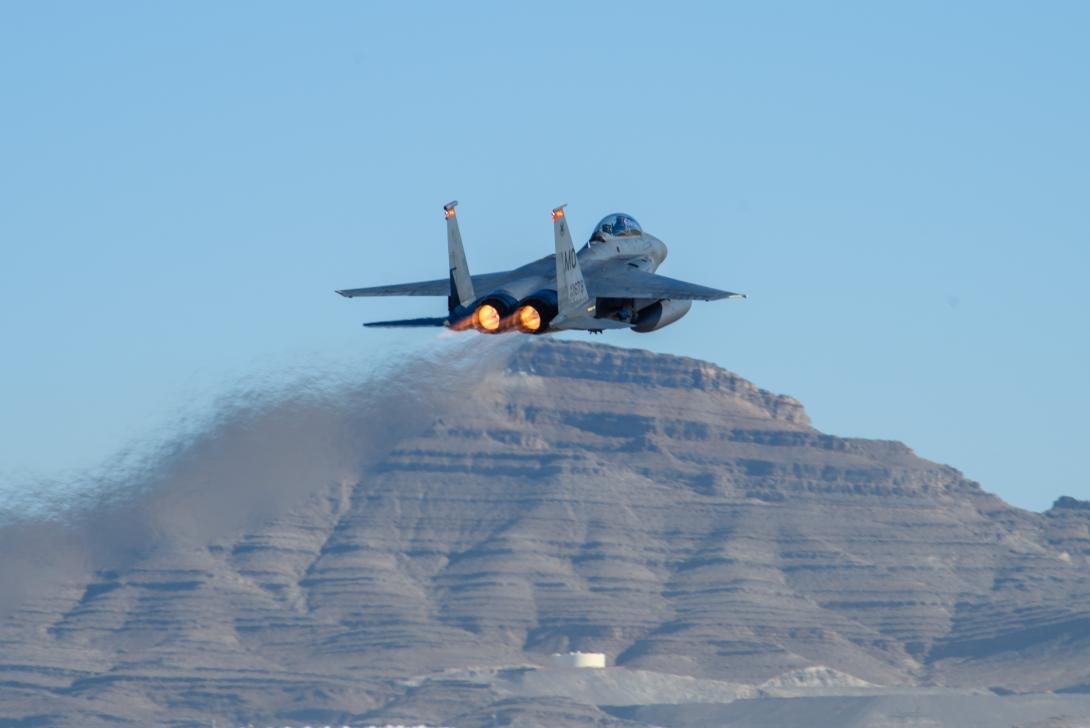The Complexities of Building Modern Battle Management
Moving from legacy operations, with stovepiped and fragile systems, to contemporary battle management and command and control (BMC2) is necessary to confront and succeed against near-peer adversaries, such as the People’s Republic of China, in a contested environment.
The vision of Joint All-Domain Command and Control is still a lofty goal, said retired Col. Jon M. Rhone, USAF, now the growth leader for Space Command and Control (C2) at SAIC. Rhone, a former battle manager who spoke at the AFCEA Alamo ACE conference in San Antonio on November 14, opined that BMC2 should be like looking through “one pane of glass” with a true common operating picture, common user interface with performance and usability enhancements.
During combat operations in 2017, Rhone saw first-hand how not having operators’ information across all domains canceled a key mission, enabling an adversary to continue nefarious acts. That operation, with traditional battle management and C2 lines, relied on capabilities used for Desert Storm in 1991. “The mistake I made was that I didn’t quite understand all of the effects,” he stated. “I needed to understand specifically from a cyber, intelligence perspective and then the impact that those are going to have on the operation.”
With the Defense Department’s move to the Great Power Competition (GPC) as the priority mission, this outdated legacy C2 equipment is not suitable, Rhone stressed. “If we are going to win the next war against the peer threat, that war is going to be reliant on decision-making and whoever makes the fastest, right decision is going to win. We can’t have situations like this.”

Together, we have to have understanding of the dynamic kill chain—that starts with the intelligence community. We have to understand the nodes. We have to understand how all of these specific kill chains mesh.
The Department also must examine the structure of its attack options and the priority rankings, whether it is cyber effects or traditional kill chain options. The role that each option plays across the so-called kill-chain web is not clear.
“Together, we have to have understanding of the dynamic kill chain—that starts with the intelligence community,” he stated. “We have to understand the nodes. We have to understand how all of these specific kill chains mesh.”
Moreover, in a GPC environment, where warfighters are distributed in smaller groups across vast areas, how will the military bring together each of the various decision makers to organize an attack? Which leaders will determine who “owns” a decision? “How do we communicate about that if we are geographically separated,” Rhone questioned. “If we have somebody making cyber decisions, we have somebody making air and terrestrial decisions, and we have somebody that is using intelligence to make a decision, how do each of those specific decision makers combine to form a decision.”
And with cyber being a bona fide domain alongside the more traditional domains of land or sea, leaders need to more clearly understand cyber operations, the duration of attacks, how effects will be seen or felt, etc. “How will we know the cyber effects were effective,” Rhone considered. “There is some sort of battle damage assessment that has to happen, and then how will we know when we are ready to go to the next task [after cyber]?”




Comments